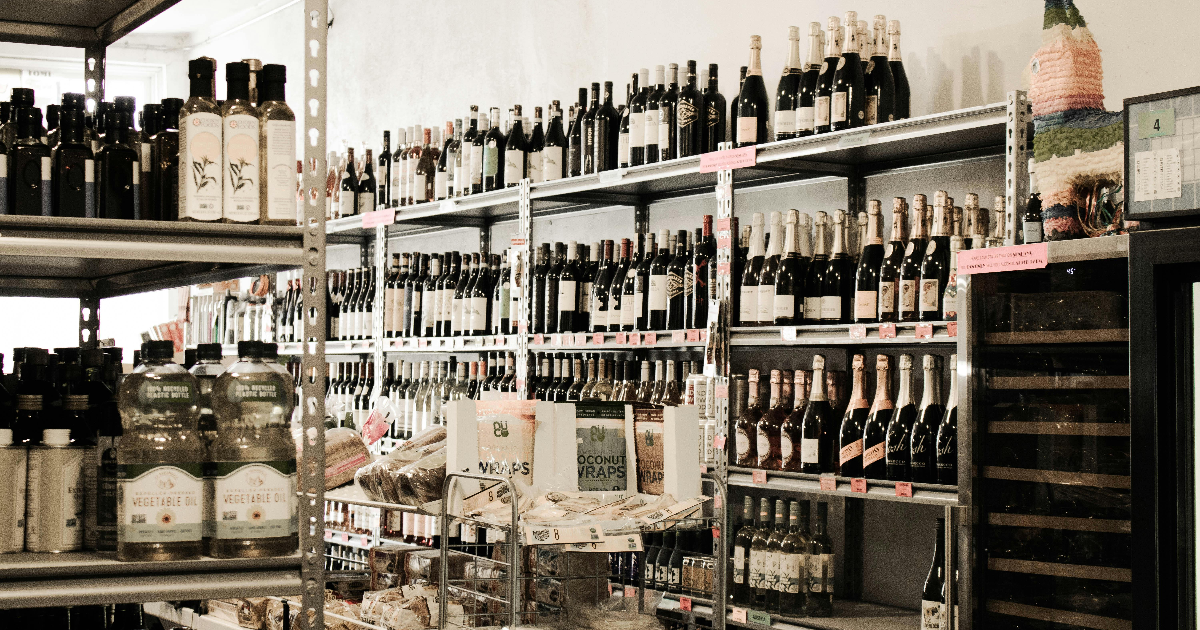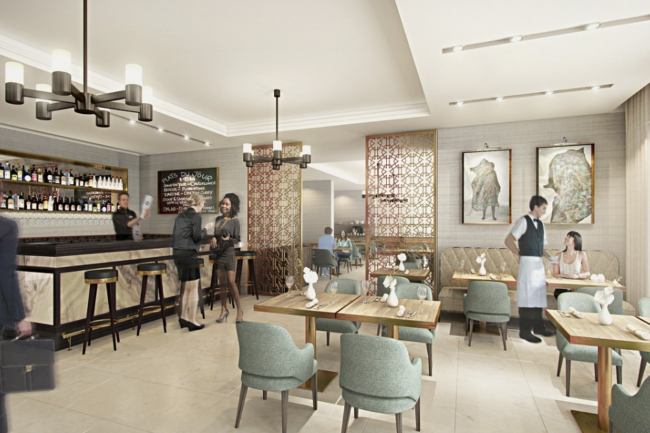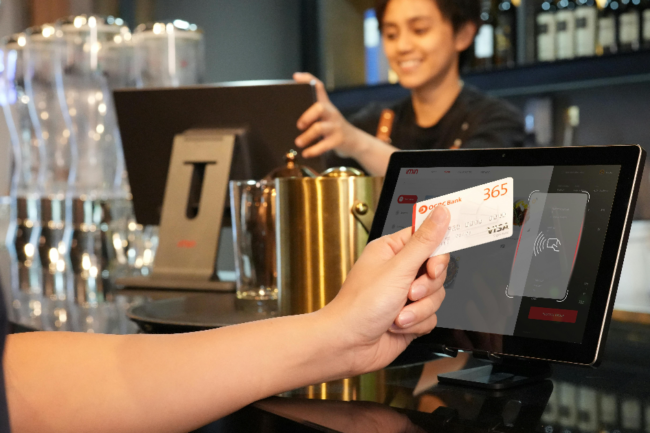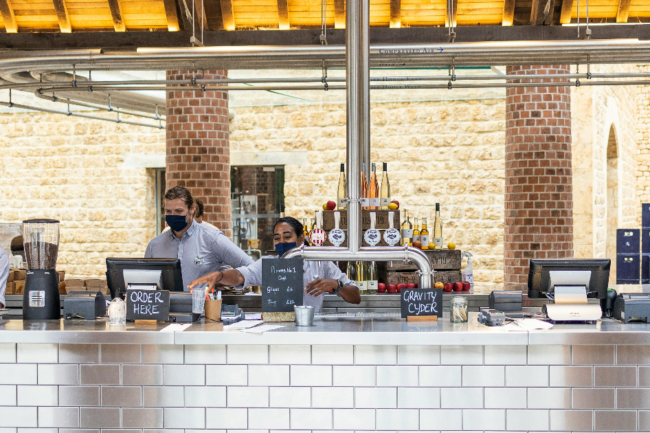
1. Faster Service and Turnover

Faster service not only pleases customers (76% of diners get impatient after 15 minutes) but also boosts revenue by enabling additional seating.
- Tableside Ordering: Servers enter orders on their iPads, eliminating extra trips and delays.
- Quick Checkout: Mobile POS devices let guests pay right at the table, reducing wait times for bills.
- Streamlined Workflow: Real-time order transmission to the kitchen speeds up prep and keeps service flowing smoothly.
- Efficient Systems: Beyond simply cutting down wait times, the digital interface of a robust cloud POS minimizes miscommunication, allowing servers to focus on guest interactions and personalized service.
2. Greater Order Accuracy and Fewer Errors

In restaurants, a mere 5% human error rate can cost ~$9,000 per month in wasted food and comped meals. Thus, order accuracy becomes critical. Cloud POS systems eliminate these issues by standardizing order entry and ensuring kitchen staff receive clear, itemized digital tickets. This improves efficiency, reduces waste, and protects reputations and margins.
- Clear Digital Tickets: No more illegible handwriting or misheard orders when kitchen staff see exactly what was ordered.
- Custom Modifiers: Servers can input special requests (e.g., “no salt” or extra sauce) with a tap, ensuring modifications aren’t overlooked or forgotten.
- Reduced Waste: Correct orders mean less remaking of dishes, directly cutting food waste, and saving money.
3. Real-Time Analytics for Smarter Decisions

An AI-driven POS can generate live dashboards on sales, popular items, peak hours, and much more. This data-driven insight helps managers make informed decisions on staffing, menu engineering, and promotions. In fact, 71% of restaurateurs use POS data to optimize menus, streamline payments, and boost engagement.
- Sales Reports: Instantly see which menu items are top sellers and which are underperforming, each day.
- Labor Tracking: Analyze peak times and adjust staffing schedules to meet demand without overstaffing.
- AI Forecasting: Advanced POS systems use AI to forecast busy periods or inventory needs, helping you prepare for and avoid shortages.
4. Improved Inventory Control and Cost Management

With a cloud POS, you can set alerts for low stock and closely monitor food usage to reduce waste.
- Real-Time Inventory: Ingredients are automatically deducted from inventory with each sale, ensuring that you always know what’s on hand.
- Menu Item Countdown: The system can warn staff (and even customers via digital menus) when an item is running low or sold out.
- Purchase Planning: Detailed usage reports help you order the right quantities from suppliers, preventing excess that could spoil.
5. Seamless Integration and Customization

A key advantage of POS systems is their ability to integrate a plethora of such services (mobile ordering, employee management, upselling, etc.) into one cohesive system. Today, 69% of restaurateurs say integration with other systems is the most important factor when choosing new POS software.
- Centralized Data: Sales, inventory, and guest feedback from all channels funnels into one system. This eliminates the need to juggle multiple tablets/screens or manually organize data.
- Custom Reports: Modern POS services and solutions offer customized reports to fit individual business needs and goals. You can focus on individual critical performance metrics and act accordingly for operational success.
6. Enhanced Customer Experience and Loyalty

Research indicates that over 60% diners believe that servers using tablets enhance the dining experience.
- Consistent Hospitality: With less time spent correcting errors or waiting on slow transactions, staff can focus on friendly, attentive service, leading to better reviews and word-of-mouth recommendations.
- Loyalty Programs: Easily enroll guests in reward programs and apply discounts or freebies automatically once they hit a reward threshold. You can integrate loyalty cards and rewards directly into the checkout process, automatically tracking points and offering tailored rewards. Learn more here.
7. Increased Sales and Profitability

In short, a modern POS is not just an expense but an investment as it drives increased revenue and decreased costs.
- Higher Average Check: Suggestive selling prompts and visual menus on tablets encourage guests to try extras (desserts, sides, drinks), organically raising sales per table.
- Reduced Overheads: Automation and integrations cut down on administrative, labor, and accounting errors, reducing labor costs and shrinkage.
- Better Financial Insights: Detailed end-of-day and period reports clarify your restaurant’s financial health, helping you identify opportunities to grow profits.
Experience the future of restaurant management with modern, AI-driven POS.
Request your demo today.



